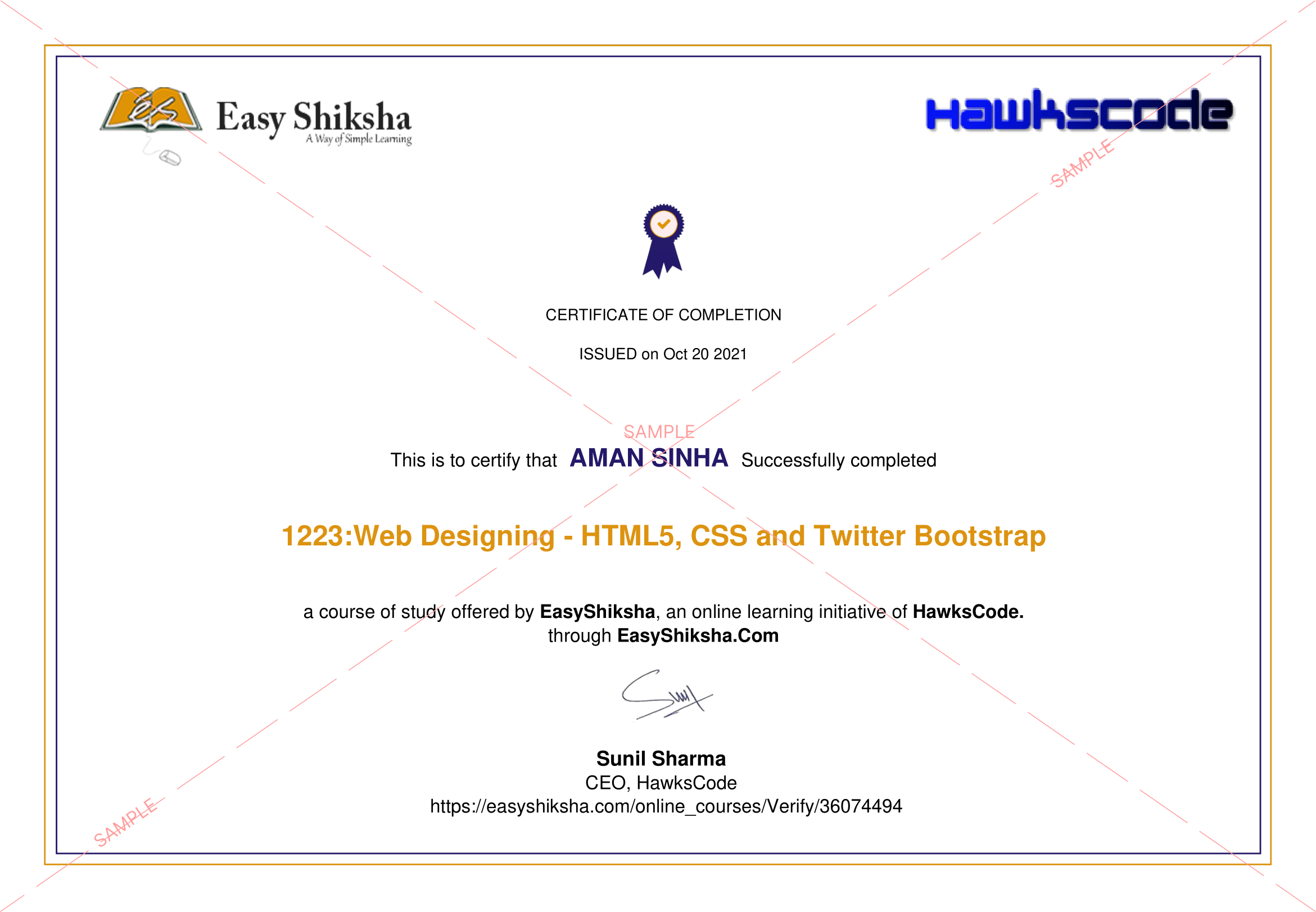
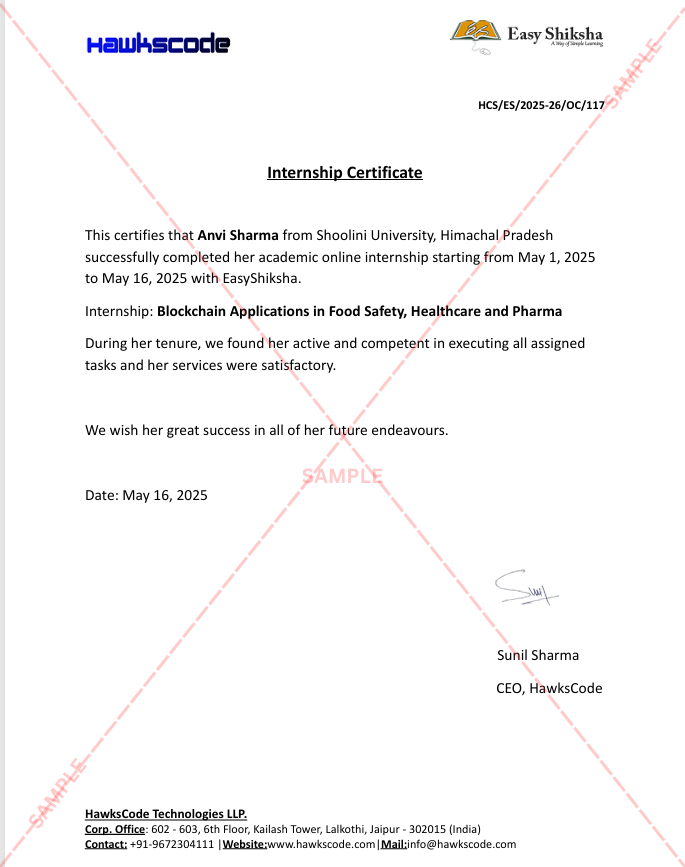
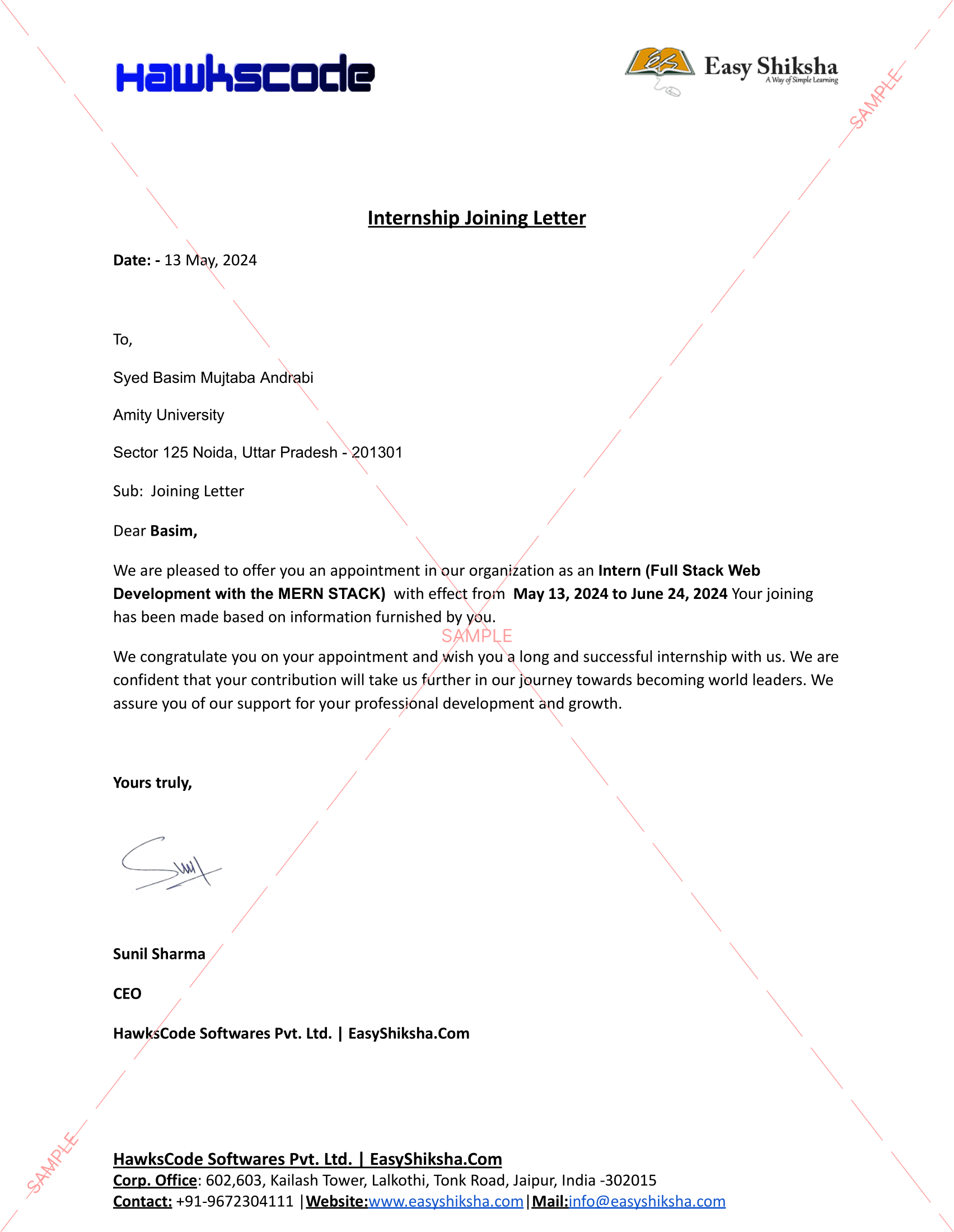

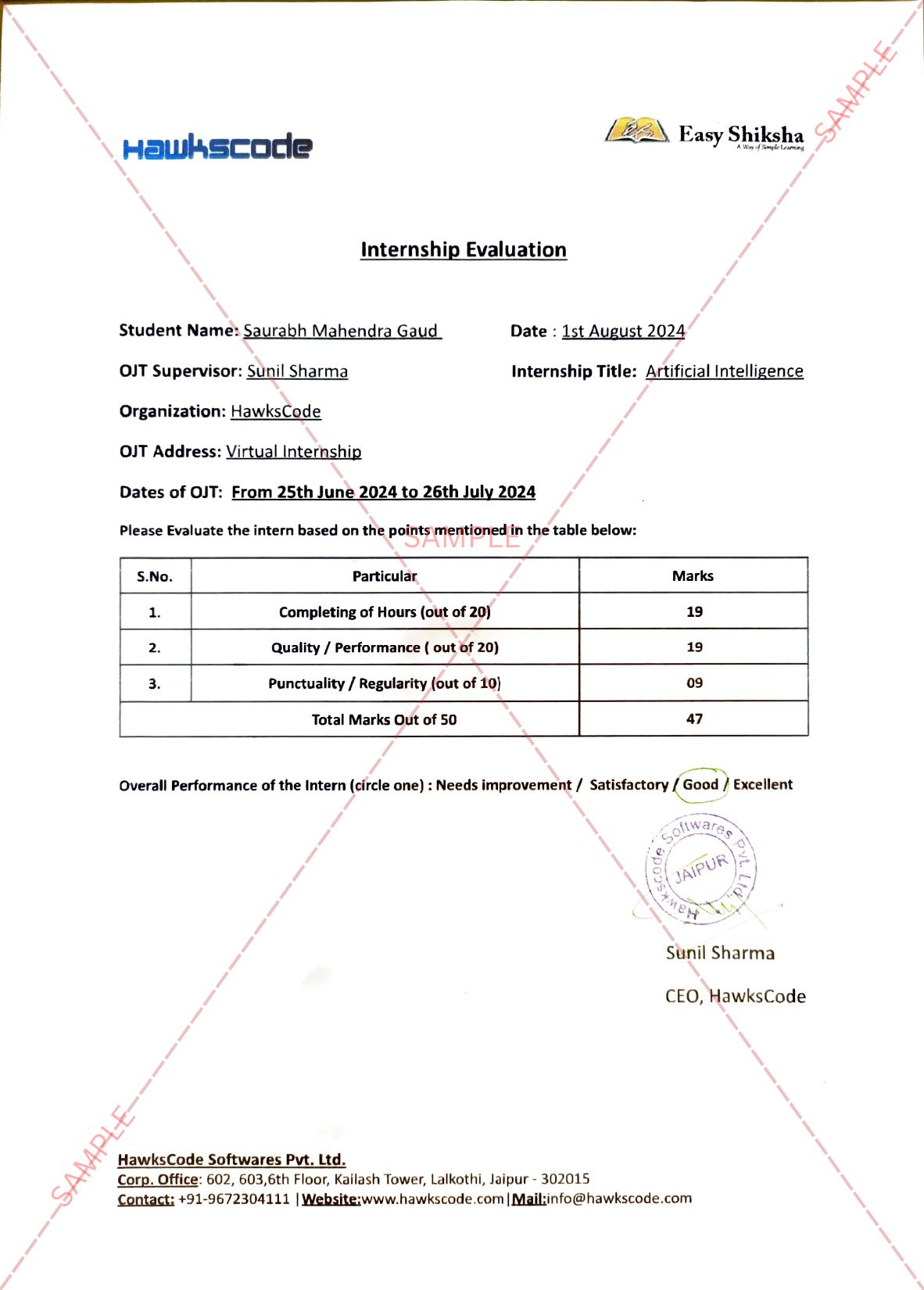

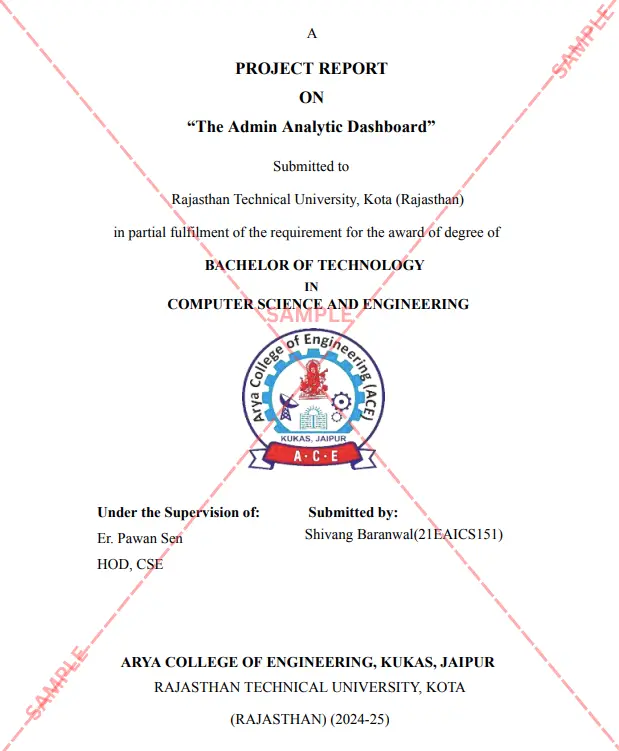

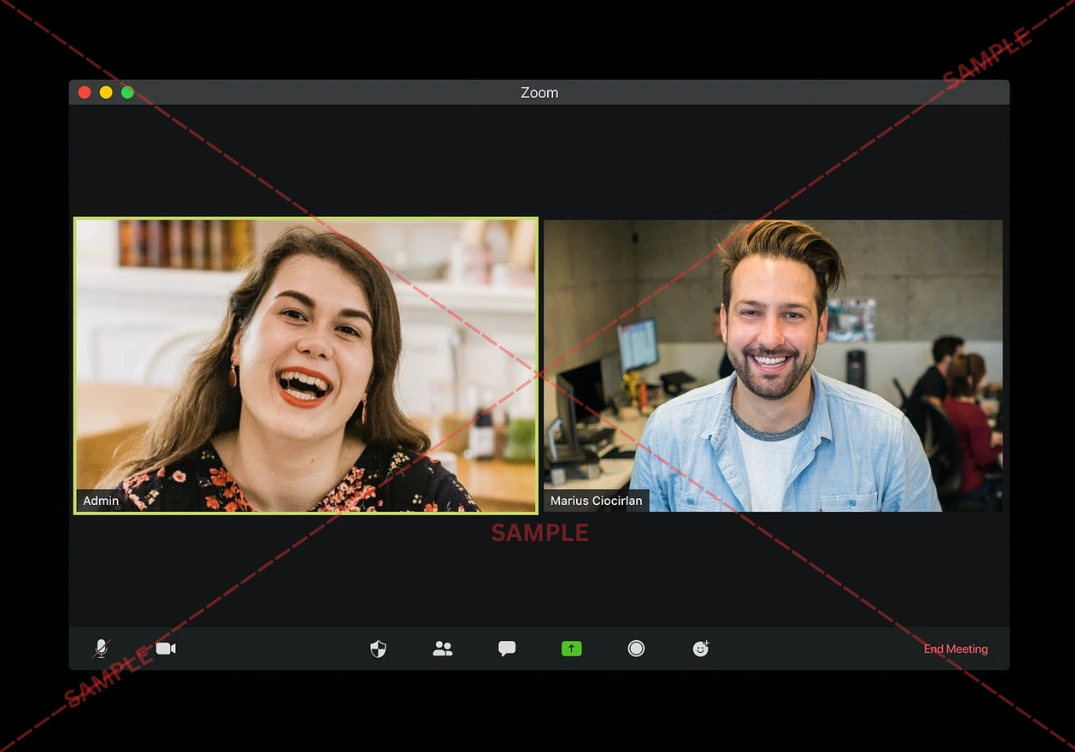
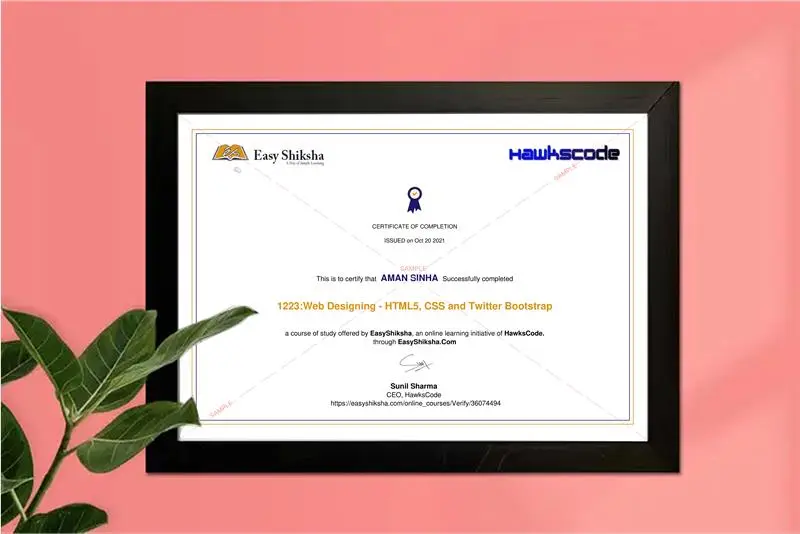

For medical professionals, the ability to provide effective care depends entirely on staying up to date with the latest knowledge, protocols, and best practices. This is not merely a matter of professional development but a critical issue of patient safety.
The statistics highlight the urgency of the challenge. According to the WHO, almost 10% of patients are harmed in health care. This risk is particularly acute in low-to middle-income countries, where 4 in 100 people die due to unsafe care. Notably, over 50% of this harm is preventable.
These figures underscore the profound need for systemic improvements, making accessible online upskilling an essential tool for bridging knowledge gaps.
This article highlights how online upskilling keeps medical professionals equipped with current, life-saving knowledge effectively.
Medical knowledge is expanding exponentially, rapidly outpacing traditional learning methods. The volume of new research published daily means that a medical professional's education can become outdated in just a few years.
This acceleration is amplified by a role reversal in science and technology. According to the World Economic Forum, science traditionally propelled technological advancements. Today, we increasingly see technology, specifically AI and machine learning, catalyzing scientific breakthroughs, such as accelerating drug discovery.
Online upskilling is essential in keeping pace with this rapid change. It offers real-time access to emerging research and updated protocols. Additionally, it provides current best practices, while virtual grand rounds and interactive case studies help healthcare professionals uphold the highest standards of patient care.
Healthcare is an inherently demanding field, and this inflexibility creates a major challenge for Continuing Medical Education (CME). Shift work, on-call duties, and the demanding nature of patient care make attending scheduled in-person training nearly impossible.
This challenge is compounded by severe workforce strain. McKinsey & Company projects that the US could face a shortage of up to 86,000 physicians by 2036. This gap is particularly concerning given the projected growth in high-need patient groups.
Online upskilling offers a flexible solution, enabling professionals to learn during convenient times, such as before a shift or during breaks, without sacrificing quality. Modern platforms incorporate interactive simulations and virtual patient encounters, promoting deep understanding and allowing learners to progress at their own pace.
A key advantage of online upskilling is the rapid dissemination of information on patient safety events and evolving clinical best practices.
This real-time knowledge transfer is vital for preventing medical errors. For instance, the ongoing Bard Power Port lawsuit underscores the consequences of inadequate safety awareness.
According to TorHoerman Law, thousands of patients have filed claims alleging the manufacturer failed to properly warn healthcare providers and patients about potential risks. These claims state that flaws in the device caused it to degrade inside the body.
Through digital platforms, healthcare professionals can quickly share and learn from safety incidents, ranging from medication errors to procedural lapses. Nurses and doctors can discuss unusual infection patterns or mechanical failures in real time, helping identify and mitigate emerging hazards.
This continuous feedback loop, impossible in traditional training, makes online learning essential for upholding the highest standards of patient safety.
Not every medical facility has access to specialists across all areas of medicine. Online education helps democratize expertise. It allows a nurse in a small community hospital to access the same quality of specialized training as colleagues at major academic medical centers.
Rare conditions, complex procedures, and emerging treatment modalities can all be studied virtually, bringing expert knowledge directly to learners regardless of location.
This access is especially vital in rural areas, where medical care is often limited. According to the Wiley Online Library, rural Americans, particularly men, live significantly shorter, less healthy lives than their urban counterparts.
A 60-year-old rural man, for instance, is expected to live two fewer years than an urban man, while rural women face a six-month gap. Poorer outcomes are linked to higher rates of smoking, obesity, and chronic conditions, compounded by doctor shortages and limited public health resources.
Online education equips healthcare professionals with the knowledge and confidence to improve patient outcomes in these underserved areas.
Online education platforms create opportunities for healthcare professionals to connect with peers facing similar challenges. Virtual discussion forums, online journal clubs, and collaborative case review sessions build a sense of shared learning that extends beyond individual institutions. These networks become invaluable resources for problem-solving, emotional support, and professional growth.
When multiple healthcare workers across different facilities notice similar patient safety concerns, these online networks enable rapid pattern recognition and collective response.
This collaborative approach to learning and patient safety surveillance represents a significant advancement over isolated practice. Individual providers might struggle alone with concerning trends that only become apparent when experiences are shared collectively.
Yes, Continuing Medical Education (CME) is generally mandatory for doctors in most countries. Physicians are required to periodically earn a set number of CME credits or hours to maintain their medical licensure. This ensures they stay updated on best practices and uphold patient safety, with requirements varying by state or national medical boards.
Yes, most medical licensing boards and professional organizations now accept online continuing education credits equivalent to in-person training. However, specific requirements vary by state and specialty. Many accredited online platforms provide the same CME, CEU, or CNE credits as traditional conferences. Healthcare professionals should verify that their chosen online courses are accredited by recognized organizations relevant to their profession.
AI in education offers personalized learning, adapting content to each student’s pace and needs. It automates grading, provides instant feedback, identifies learning gaps, and supports teachers with data-driven insights. Additionally, AI enables virtual tutors, interactive simulations, and accessible resources, enhancing engagement, efficiency, and overall learning outcomes.
Continuous online upskilling is essential for healthcare professionals to stay current with evolving best practices and ensure patient safety. By providing flexible access to real-time knowledge, expert guidance, and collaborative learning, online education bridges gaps in expertise and resources. Ultimately, it empowers clinicians to deliver safer, higher-quality care.
More News Click Here

Discover thousands of colleges and courses, enhance skills with online courses and internships, explore career alternatives, and stay updated with the latest educational news..

Gain high-quality, filtered student leads, prominent homepage ads, top search ranking, and a separate website. Let us actively enhance your brand awareness.